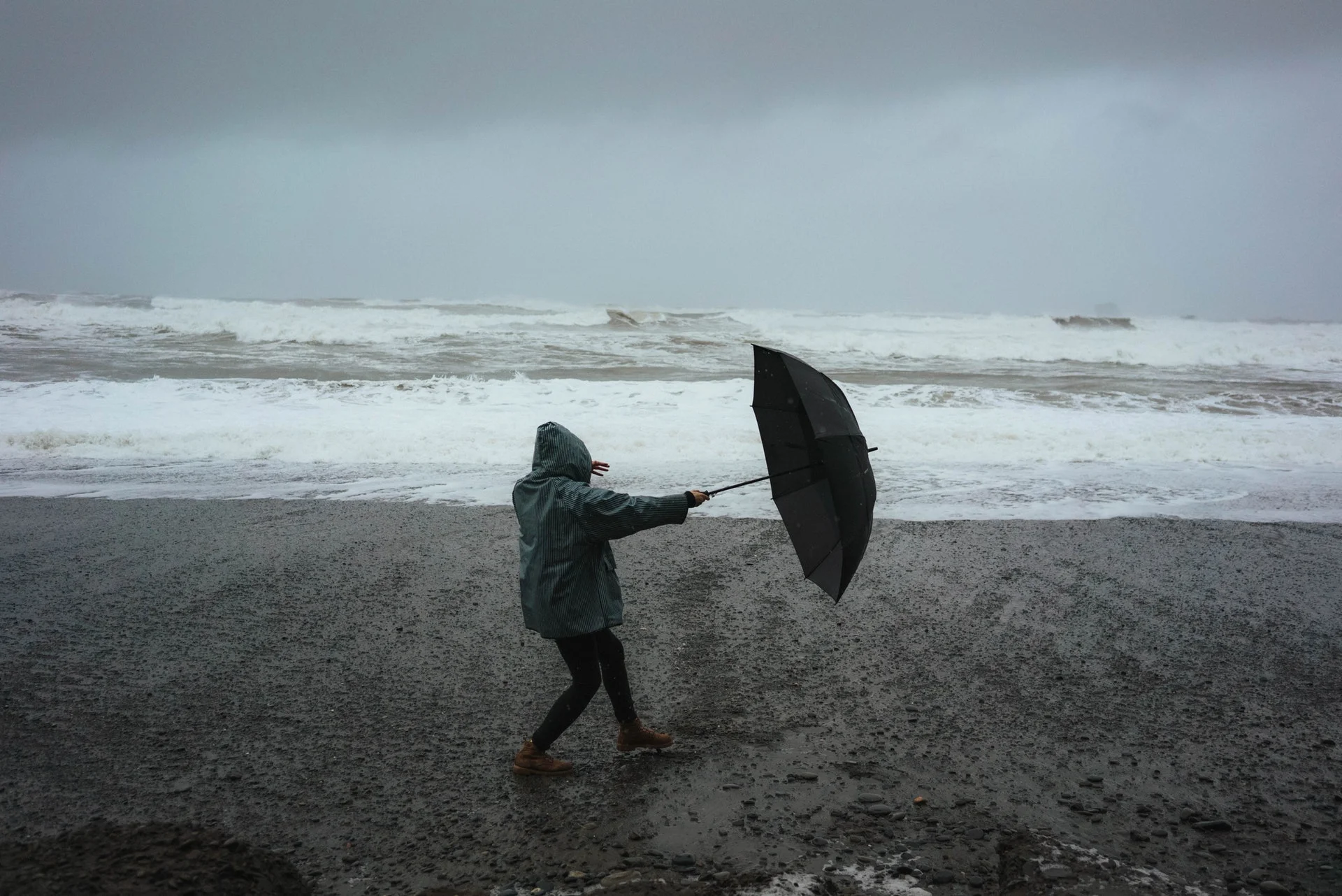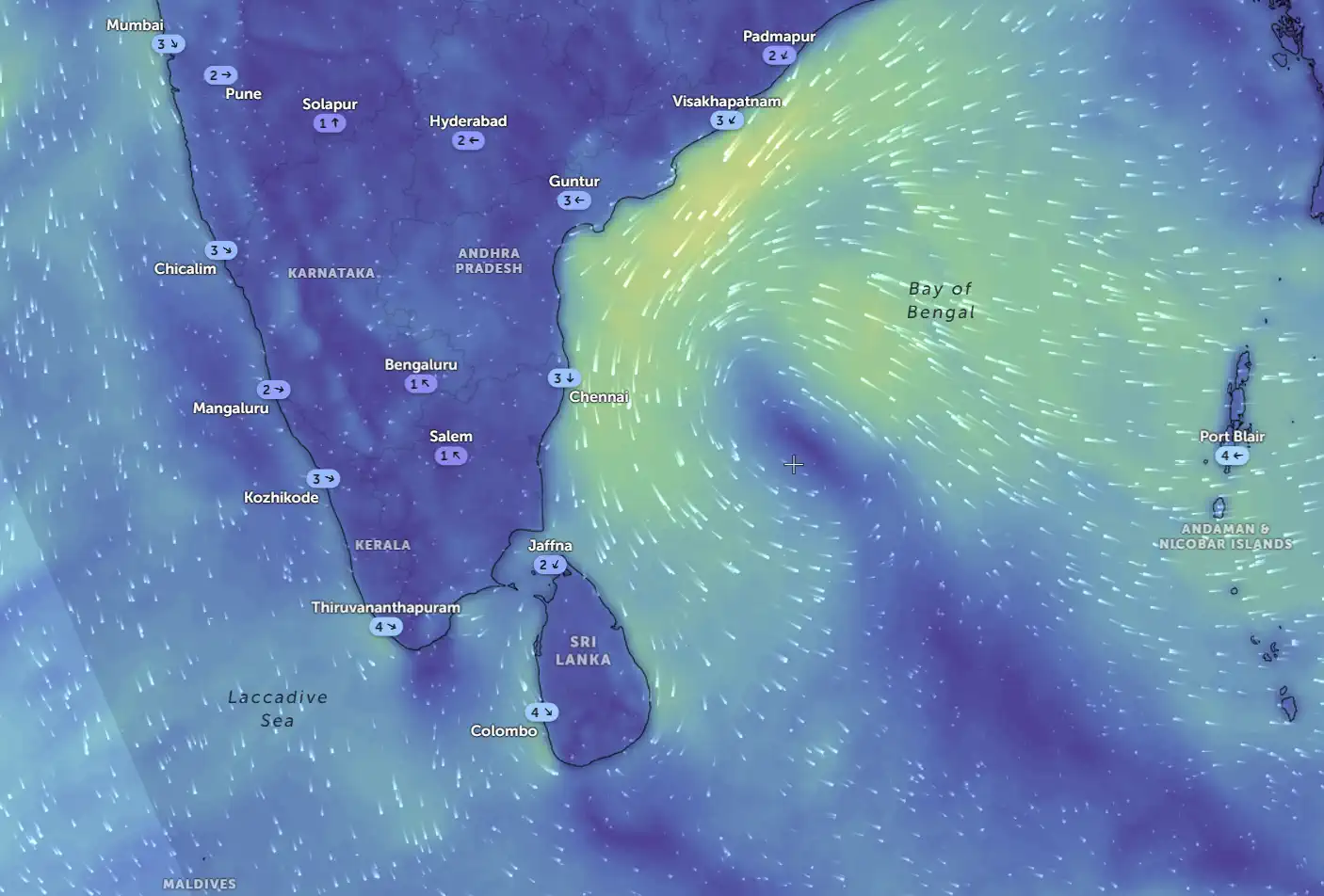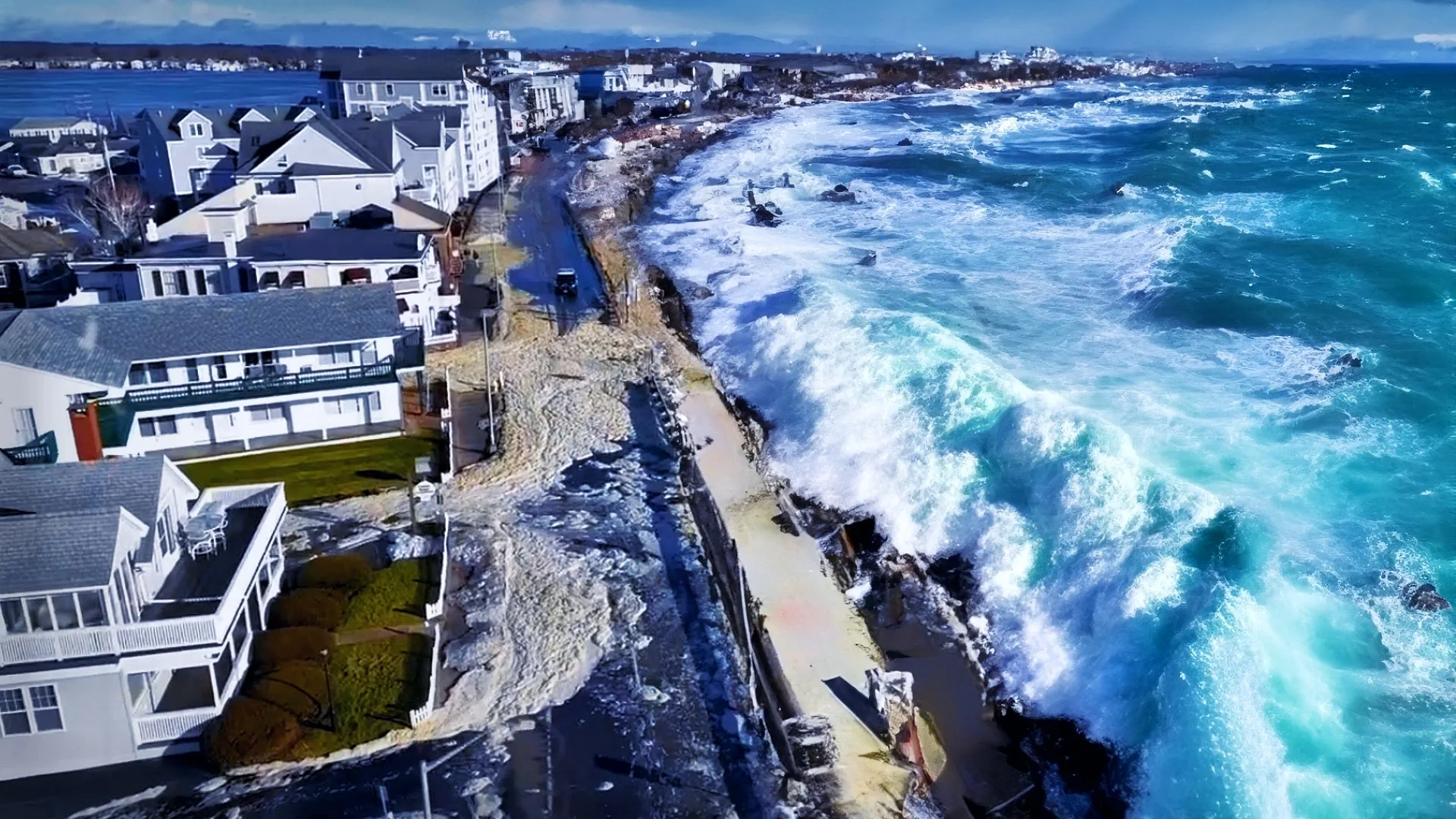
Understanding the La Niña and El Niño Climate Phenomena 2024
As the temperature begins to dip in the Northern Hemisphere, meteorologists are closely monitoring the potential return of La Niña, a climate pattern linked to cooler temperatures and heavy rainfall in various parts of the world. This phenomenon, along with its counterpart El Niño, are crucial components of the El Niño-Southern Oscillation (ENSO), a complex climate pattern that can significantly influence weather patterns and extreme events globally.
The National Oceanic and Atmospheric Administration (NOAA) in the United States has reported a 60% chance of a weak La Niña event developing in the coming months, potentially lasting until March. Forecasters in Japan and Australia have also indicated that if the phenomenon does materialize, it may not persist for an extended period.
El Niño, often referred to as "the little boy" in Spanish, was associated with record-breaking global temperatures in 2023, contributing to extreme heat waves and drought across Southeast Asia and parts of Africa, in addition to the ongoing effects of climate change. Conversely, La Niña, the "little girl," typically brings cooler and wetter weather patterns, which can lead to intense storms and hurricanes.
Understanding the Mechanisms Behind El Niño and La Niña
The ENSO phenomenon is driven by changes in wind and ocean temperatures in the Pacific Ocean, which can have far-reaching implications for weather patterns worldwide.
During an El Niño event, the regular trade winds that typically blow from east to west across the equatorial Pacific weaken or even reverse, allowing the warmer water in the eastern Pacific to remain in that region instead of traveling westward. This suppresses the usual upwelling of cold water in the eastern Pacific, leading to increased rainfall and flooding in places like northern South America. Meanwhile, the absence of warm water in the western Pacific can result in drought and extreme temperatures in other regions.
The disruption of the ocean heat distribution by El Niño can also alter the path of jet streams, the strong winds high above the ground that guide weather systems. This can cause significant climate disruption, including the stalling of monsoon seasons in Indonesia and India, as well as a reduction in Atlantic hurricane activity.
In contrast, during a La Niña event, the predominant east-west winds become stronger than usual, leading to an increase in warmer water in the western Pacific. This can bring heavier rainfall to Australia and Southeast Asia. However, it can also spark drought and wildfires in the eastern Pacific regions, from the southwestern United States and Mexico through to South America. Conversely, the northeastern United States and Canada tend to experience wetter and colder conditions during La Niña winters.
La Niña events are also known to enhance hurricane activity in the Atlantic Basin, a phenomenon that is being exacerbated by record-warm ocean surface temperatures in the Atlantic.
Unpredictable Impacts and the Influence of Climate Change
While the El Niño and La Niña patterns are natural phenomena, their relative impacts can vary depending on their timing, duration, and the complex interplay of other climate influences, including the effects of human-induced global heating.
Some evidence suggests that climate change may be contributing to more frequent and intense ENSO events. Hotter air can hold more water, leading to more extreme rainfall during these phases. Additionally, the potential for limiting global heating and ENSO impacts lies in achieving net-zero greenhouse gas emissions through the phasing out of fossil fuels.
As meteorologists and climate scientists continue to monitor the development of the potential La Niña event, it is crucial to understand the far-reaching implications of these climate patterns and their complex interactions with the broader effects of climate change. Preparing for and adapting to the challenges posed by El Niño and La Niña will be crucial for communities around the world in the years to come.
Founder and chief forecaster of the Pogodnik service. He has many years of experience in the meteorological service. He is the author of numerous scientific publications and popular articles about the weather.




